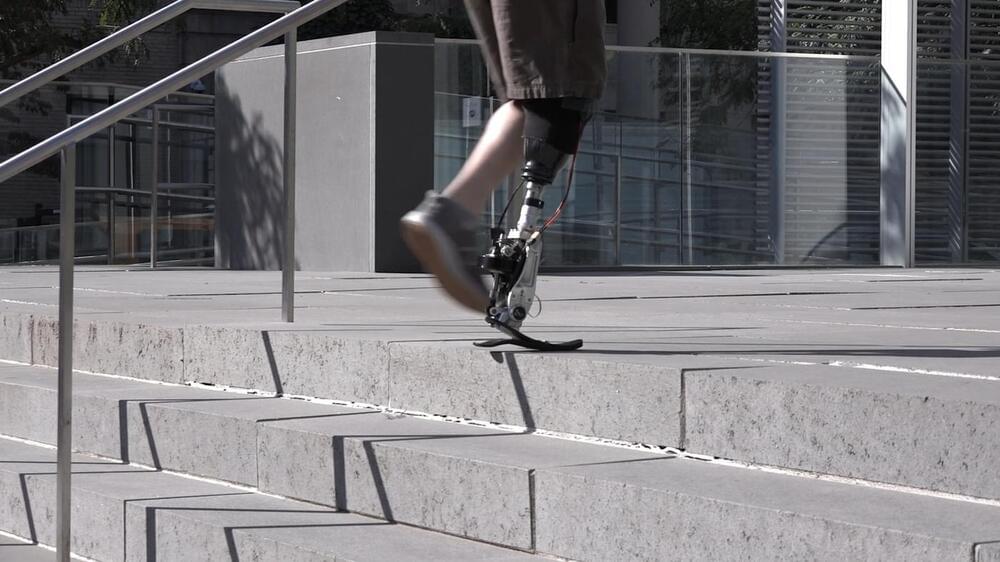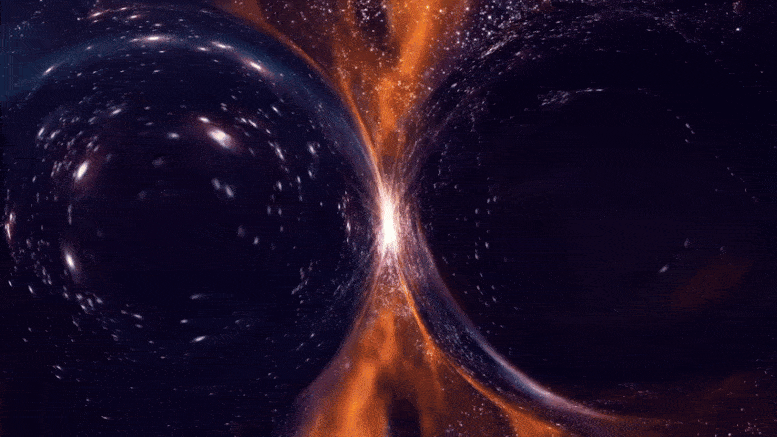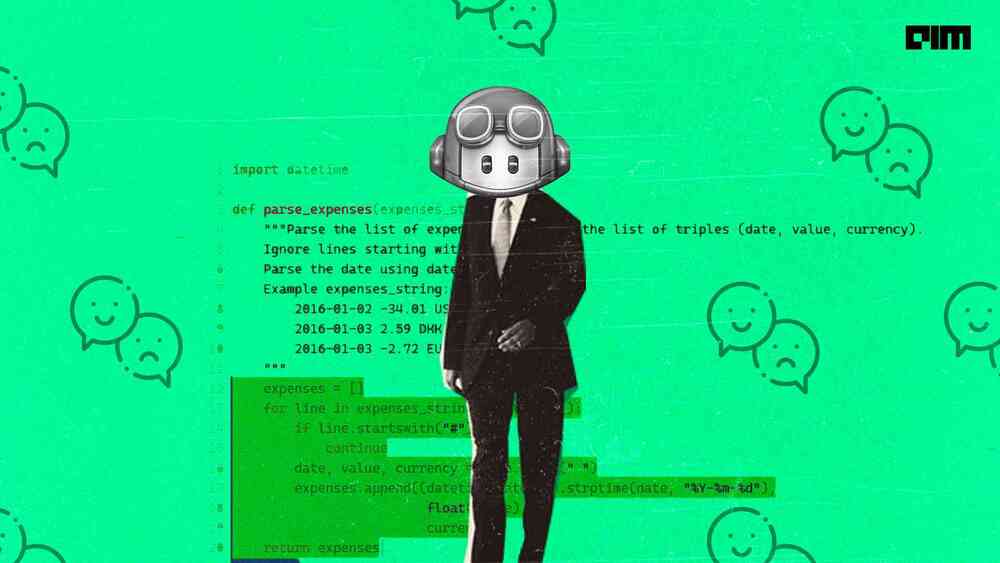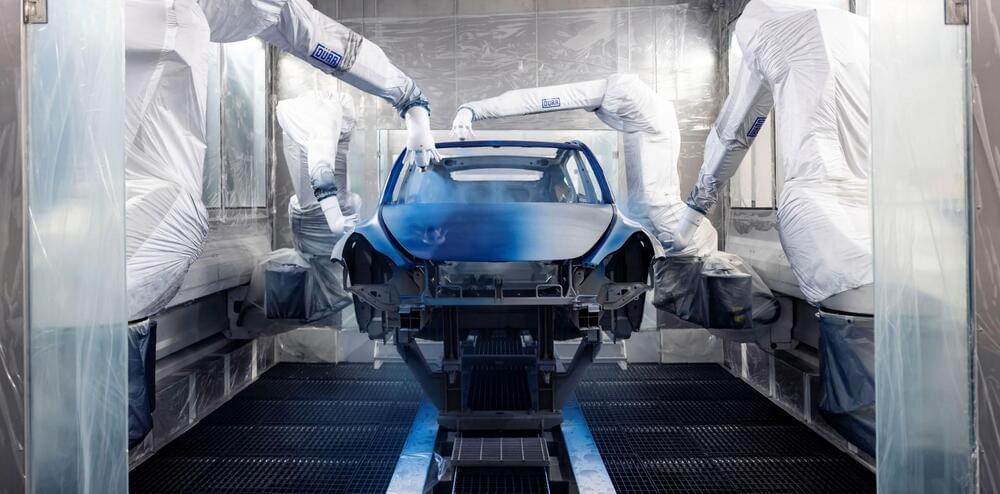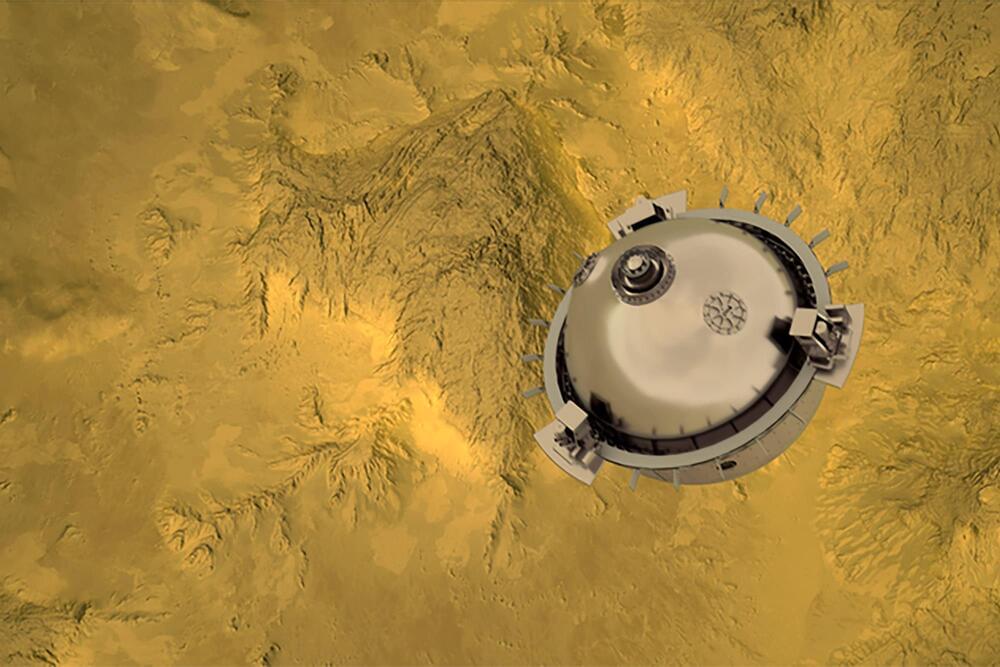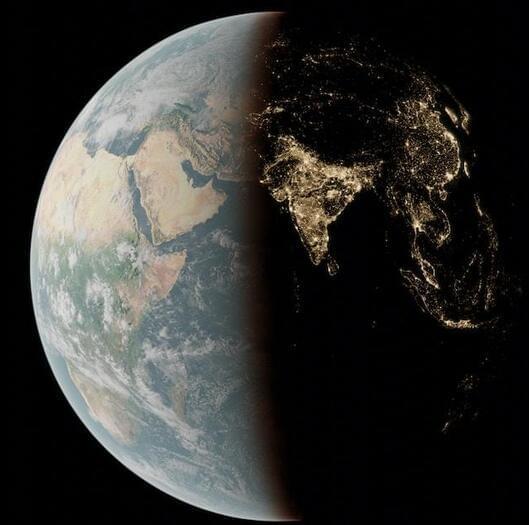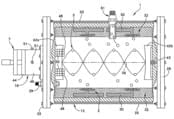My name is Roman Stolyarov, and for my PhD work at the Media Lab I developed a terrain-adaptive control system for robotic leg prostheses. While modern prostheses allow people with leg amputations to get around, the way that they get around is often tiring, uncomfortable, and burdensome on their intact joints. In the worst case, irregular terrain geometries—from uneven sidewalks to rugged hiking trails—can be difficult or impossible to navigate with conventional prostheses, burdening the user’s mobility, independence, and sense of being able-bodied. My work was intended to help people with amputations feel as able-bodied and mobile as possible, by allowing them to walk seamlessly regardless of the ground terrain.
